Initial Impressions of the 2025 Polestar 3
The 2025 Polestar 3, Polestar’s inaugural EV SUV, offers an engaging driving experience, though it may require some adjustment. Imagine acquiring your brand-new 2025 Polestar 3, settling into the driver’s seat, initiating the engine, and encountering a completely blank steering wheel! While the other controls illuminate, the steering wheel remains unlit. Is this a malfunction or a peculiar design feature? This unusual introduction highlights that the Polestar 3 diverges from conventional driving experiences.
While Polestar’s innovative approach is not entirely unexpected, the effectiveness of these unique designs is a key consideration. The Polestar 3 excels in fundamental aspects, but its intricacies may necessitate a period of familiarization for drivers of this compact electric SUV.
The Polestar 3’s exterior design immediately signals its departure from the norm, presenting a tall-wagon aesthetic rather than a traditional SUV profile. However, the familiar Volvo-inspired lighting elements provide a touch of familiarity.
The cabin of the Polestar 3 successfully merges luxury with minimalism. The use of diverse and appealing textiles throughout the interior enhances its aesthetic. However, the carbon-footprint data displayed on the optional nappa leather seats might be perceived as excessive greenwashing. The cabin benefits from ample lighting and a spacious feel. While the armrest cubby is somewhat small, the generous tray underneath compensates for this.
Performance and Handling of the Polestar 3
The tested Polestar 3 was the Launch Edition, equipped with all three available packages: Pilot, Plus, and Performance. The Performance pack is particularly noteworthy, boosting the dual-motor powertrain from 483 horsepower and 620 pound-feet of torque to 510 horsepower and 671 pound-feet. It also includes sportier chassis tuning and distinctive gold accents, including the seatbelts.
This enhanced power translates to impressive performance. The Polestar 3 achieved a 0-60 mph time of 3.9 seconds at the test track, outperforming the Mercedes-Benz EQE 500 SUV and matching the Porsche Cayenne S Coupe. In the quarter-mile, the Polestar surpassed the EQE with a time of 12.5 seconds at 109 mph.
Despite a slight weight disadvantage compared to the EQE, the Polestar 3 demonstrated superior braking capabilities, requiring only 152 feet to stop from 70 mph, significantly less than the EQE 500 SUV’s 182 feet. The gap widened at 100 mph, with the Polestar needing 307 feet versus the Mercedes’ 374 feet. The Cayenne S Coupe matched the Polestar’s 70-mph braking distance and was close at 100 mph, an impressive feat considering its lighter weight.
Polestar has consistently aimed for the Cayenne’s dynamic performance, and the 3 comes remarkably close. While its skidpad result of 0.92 g is slightly below the Porsche’s 1.03 g, the Polestar 3’s handling is commendable. The adaptive dampers and dual-chamber air springs effectively manage the vehicle’s mass, providing a nimble feel during cornering and maneuvering. The suspension strikes a balance between comfort and stability, though rear and side visibility could be improved.
Cabin Technology and Controls
The Polestar 3’s cabin technology includes user-friendly infotainment software with an appealing color scheme and vehicle settings. The small display behind the steering wheel is a welcome feature, minimizing distractions compared to centrally mounted displays. However, the steering wheel controls and surrounding areas present some challenges. The blank buttons require a finger hover to reveal their function, and some buttons lack functionality altogether. The cruise control operation involves unconventional shifting patterns, potentially confusing drivers accustomed to other vehicles. Additionally, the presence of only two window switches for four windows on the driver’s door is a notable drawback, especially considering the vehicle’s price point.
Pricing and Value
The Polestar 3’s pricing is competitive. The Launch Edition, including the Performance pack, starts at $86,300, with the tested model priced at $93,100 with additional options. A base Mercedes EQE 500 SUV starts at $90,650, while the higher-performing AMG variant costs $110,750. The Porsche Cayenne S is also expensive, starting at $103,595. Opting for a non-Launch Edition model with the Performance pack reduces the price to $81,300.
The 2025 Polestar 3 offers performance comparable to its target competitors at a more affordable price. Despite lacking the brand recognition of Mercedes-Benz or Porsche, the Polestar 3 is a compelling option, provided its unique steering wheel controls are not a deterrent.
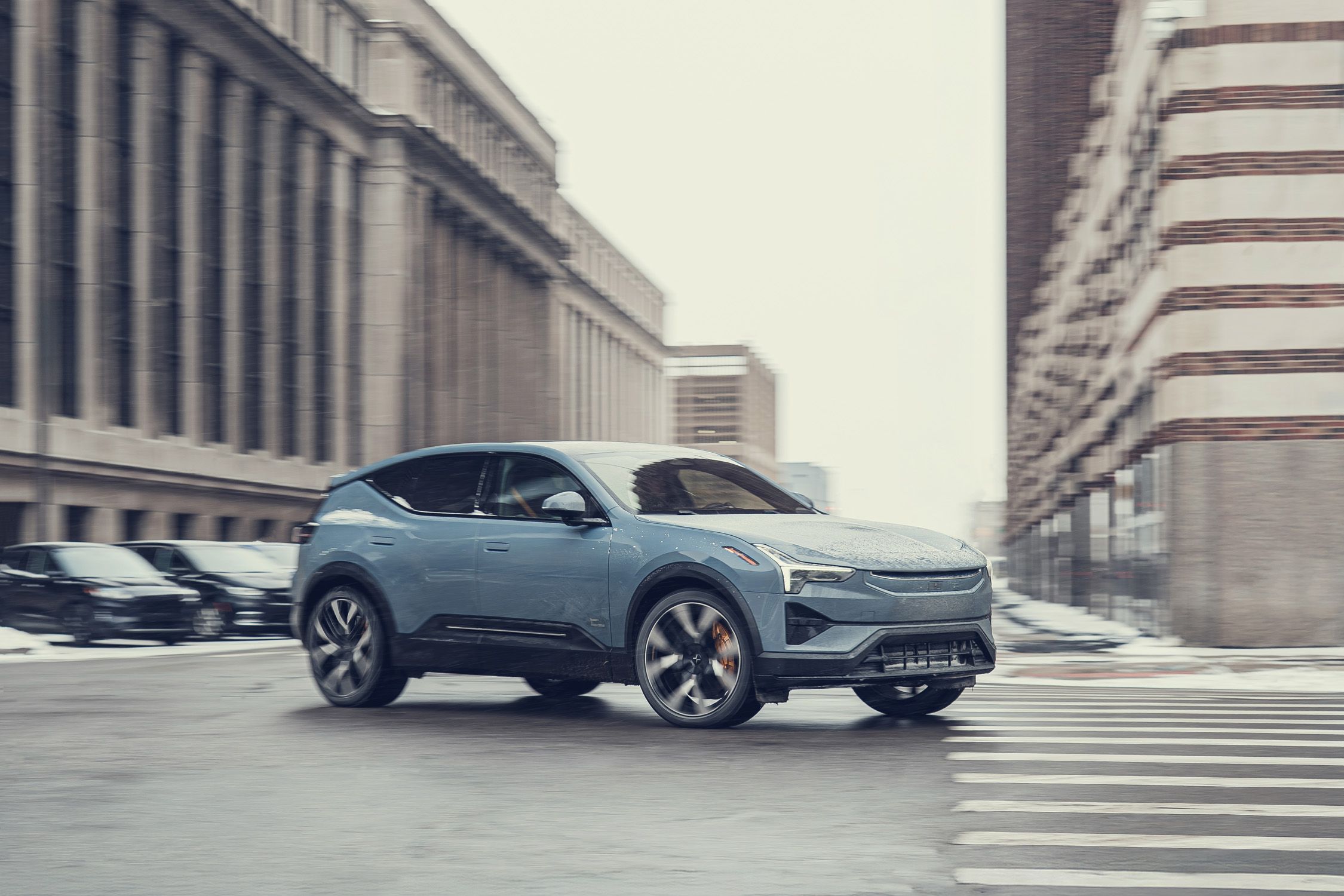


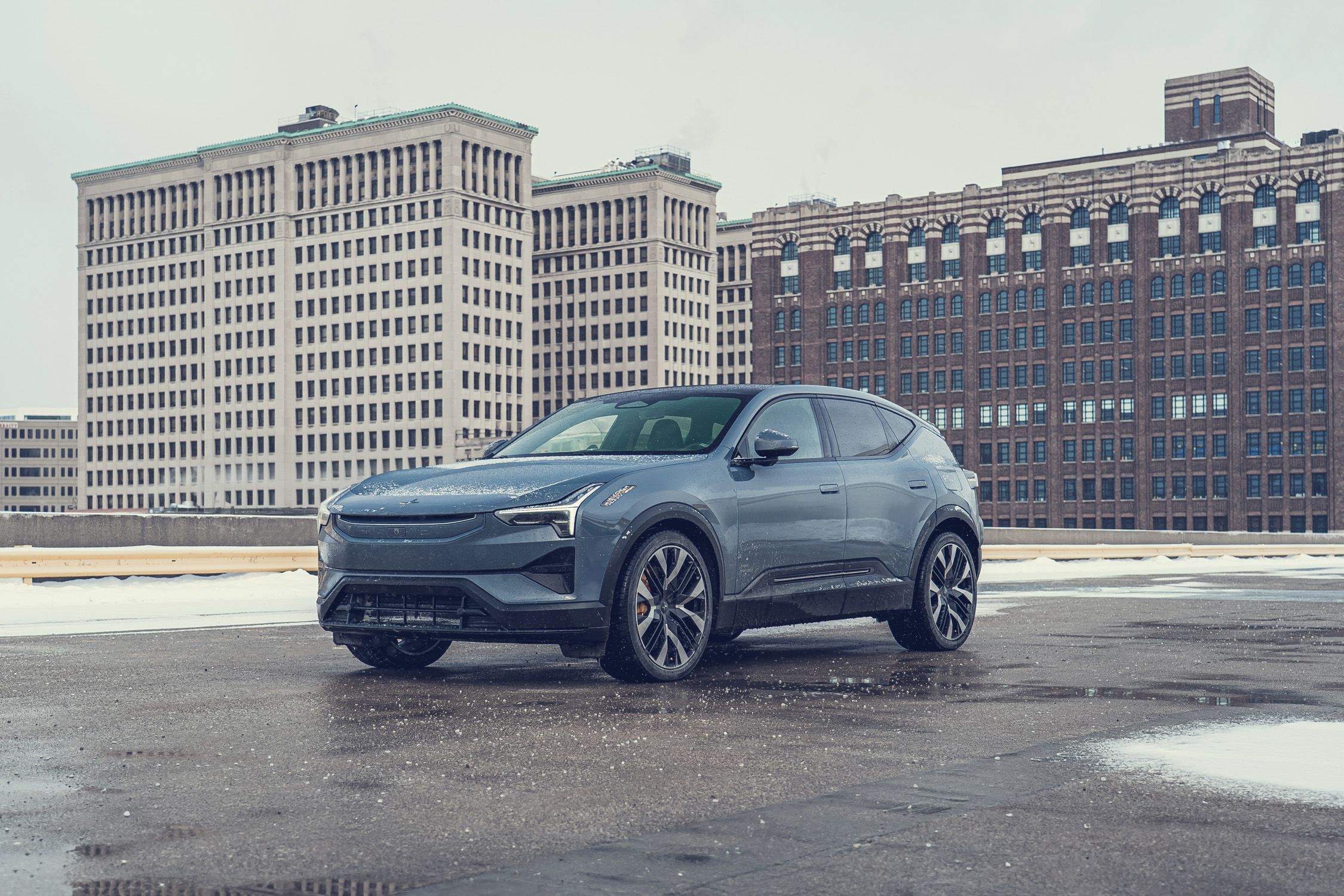
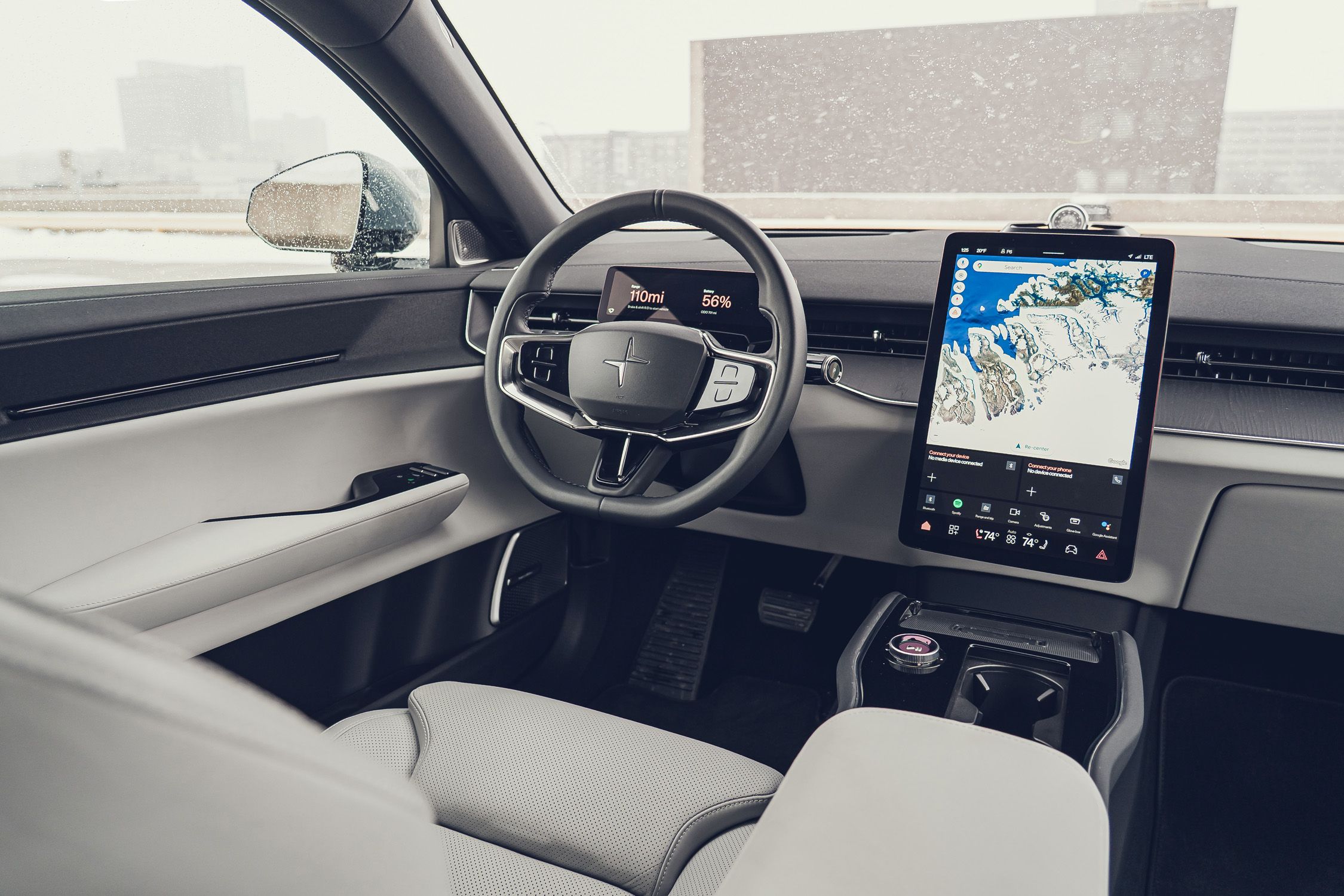








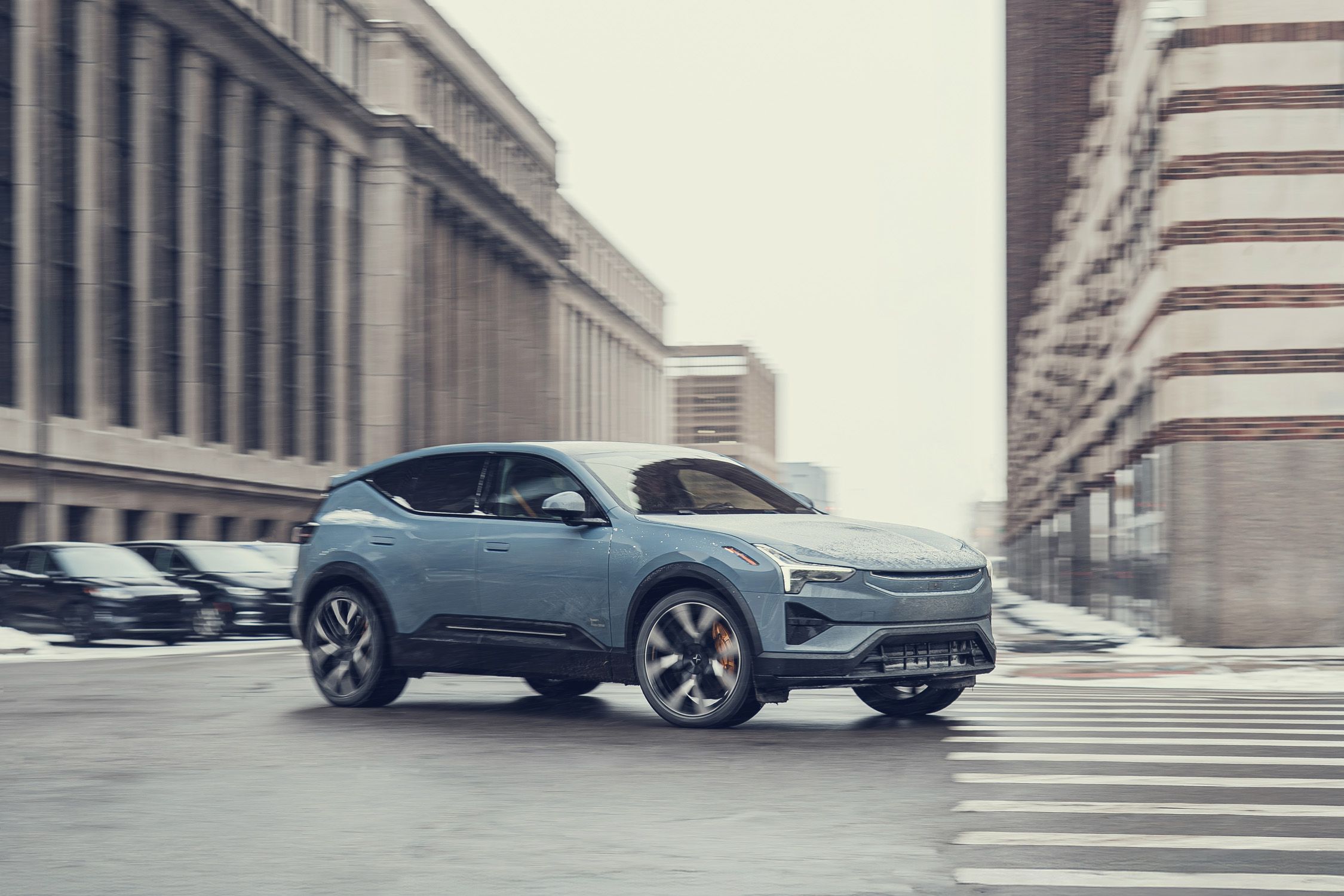
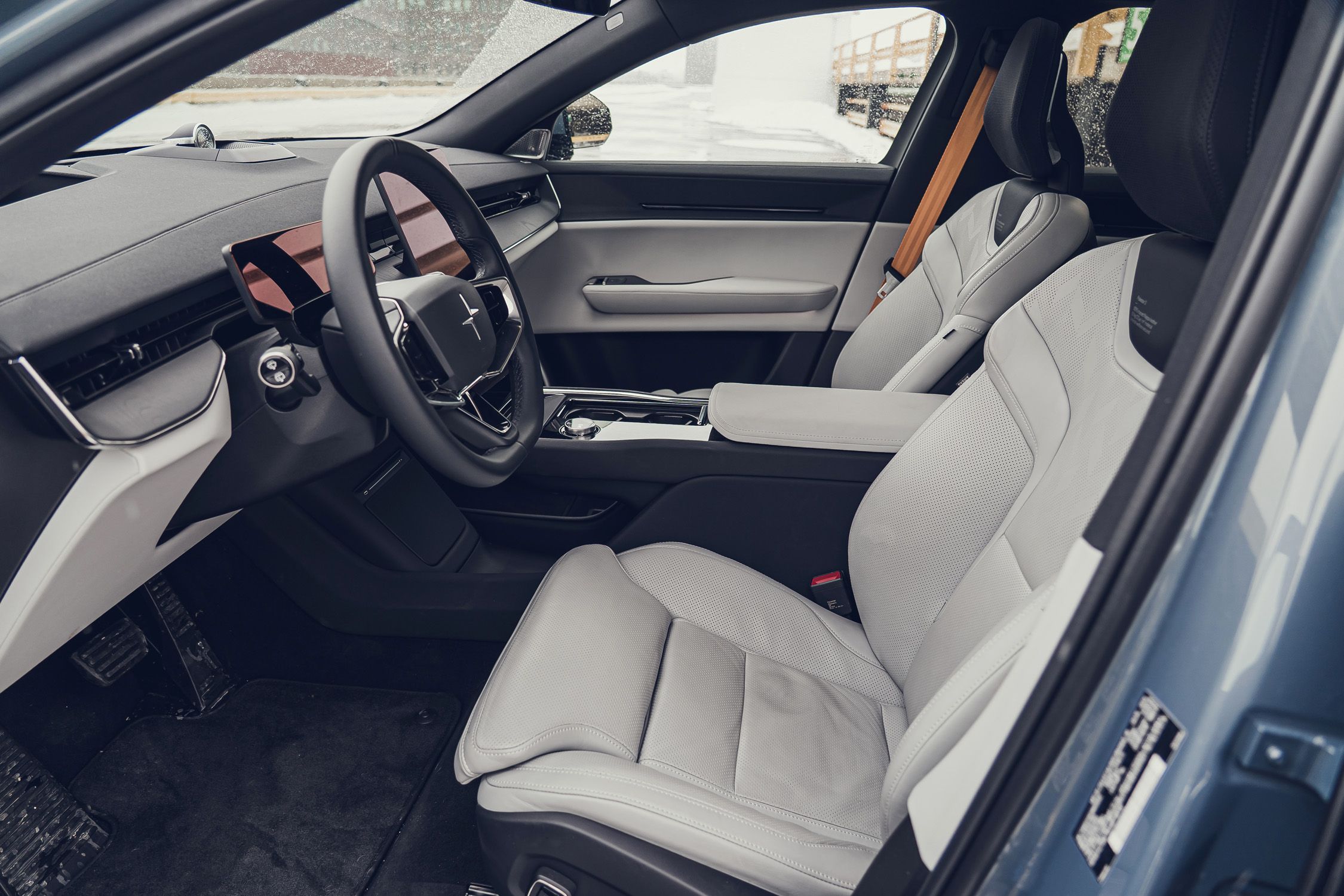
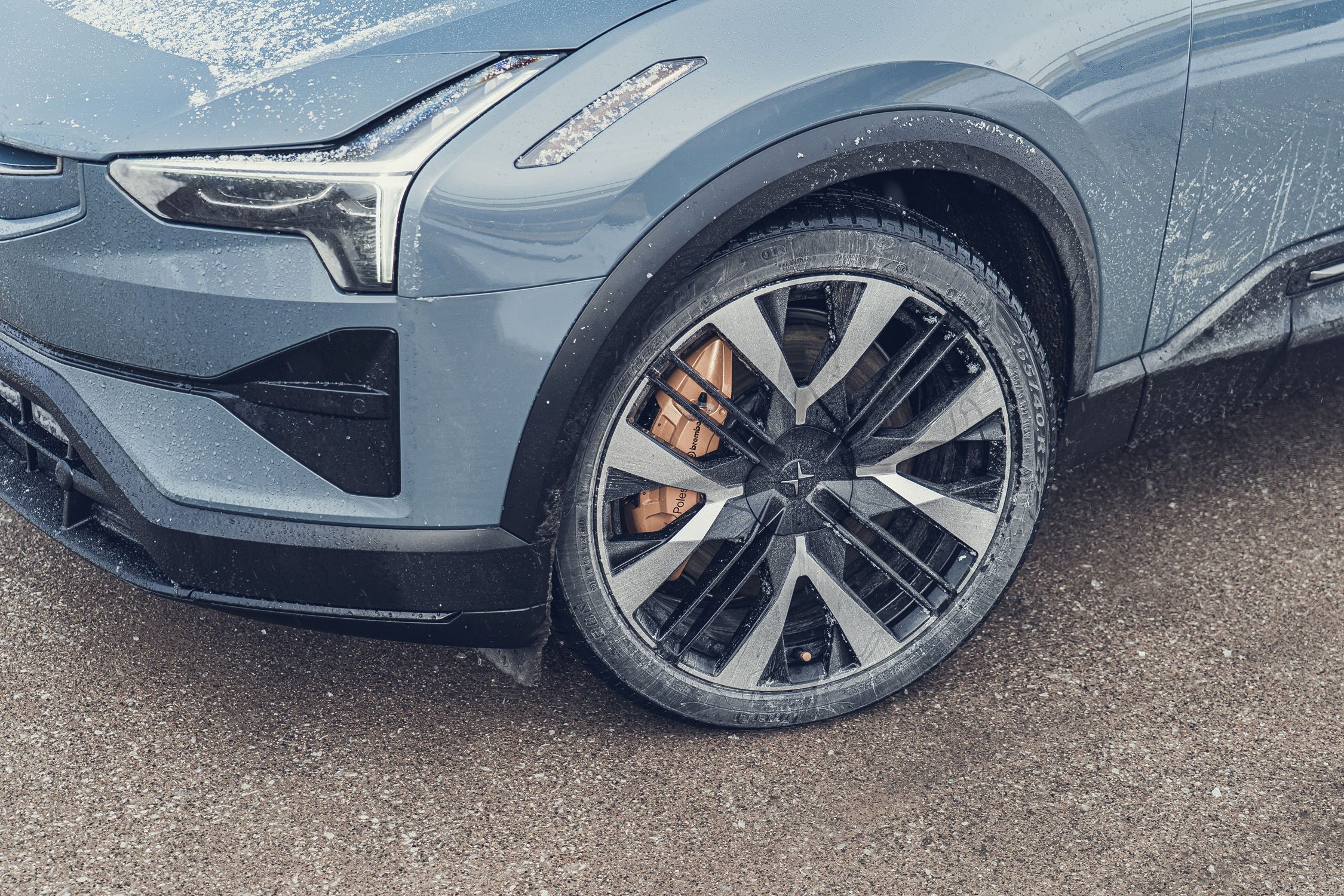

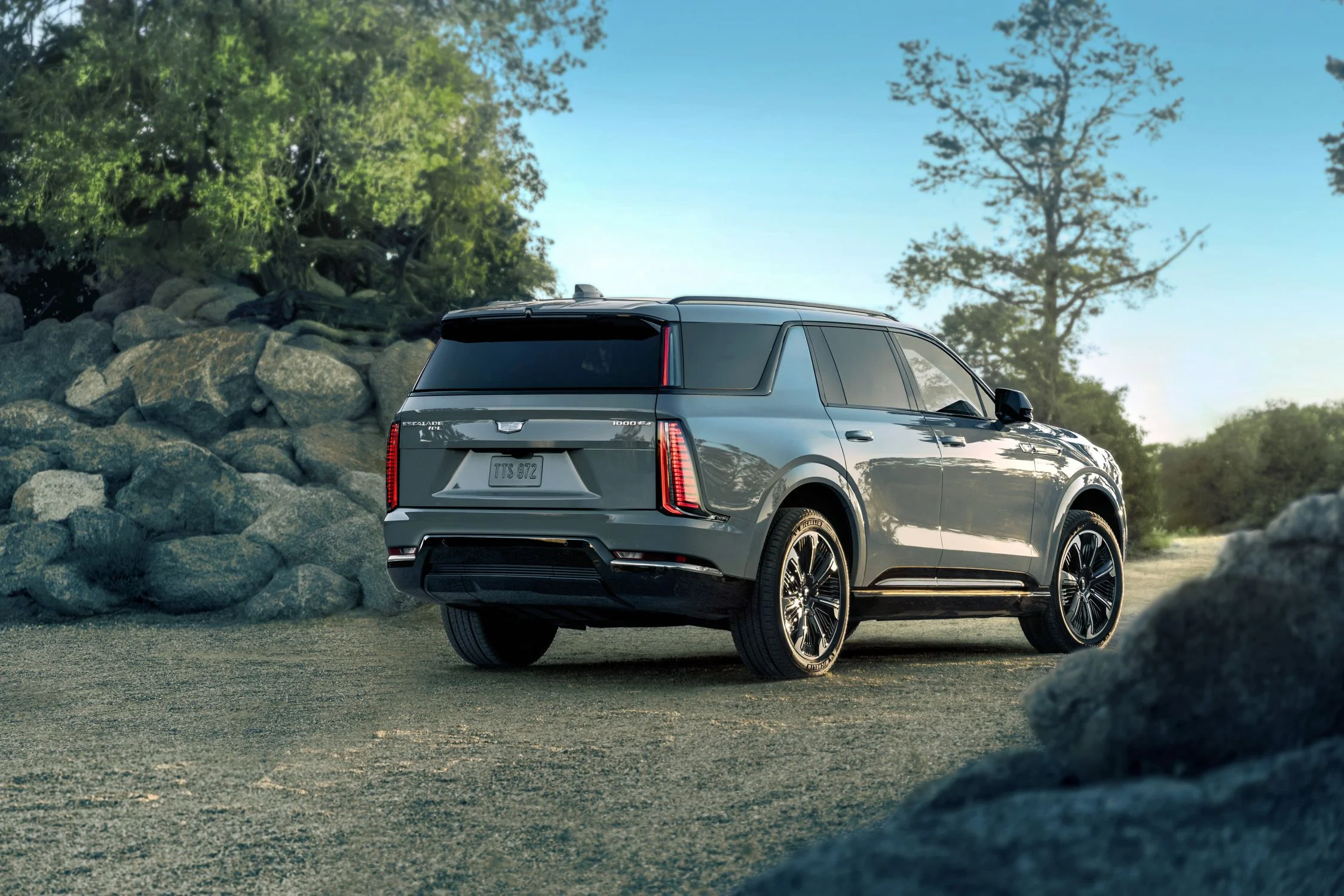
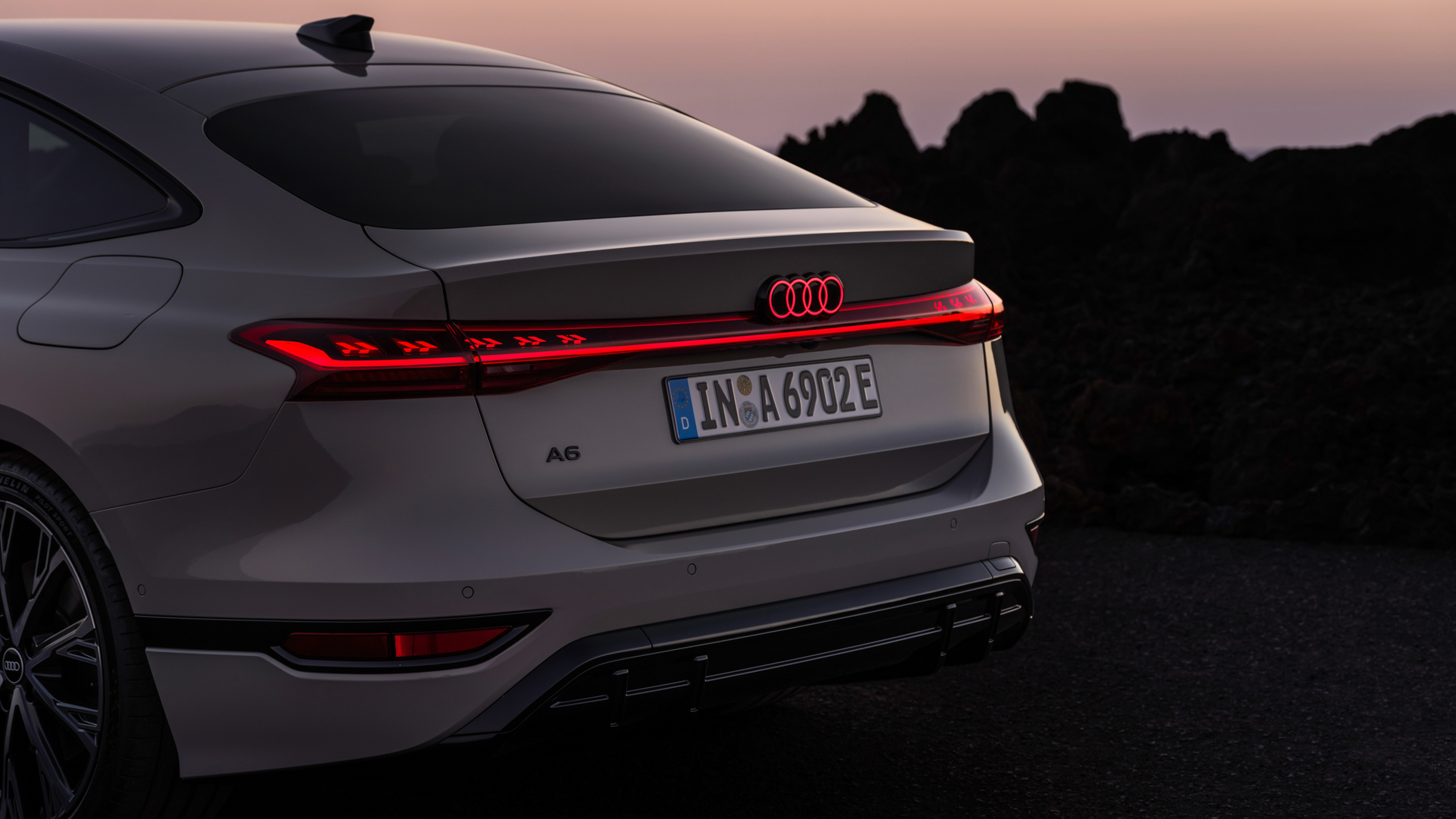
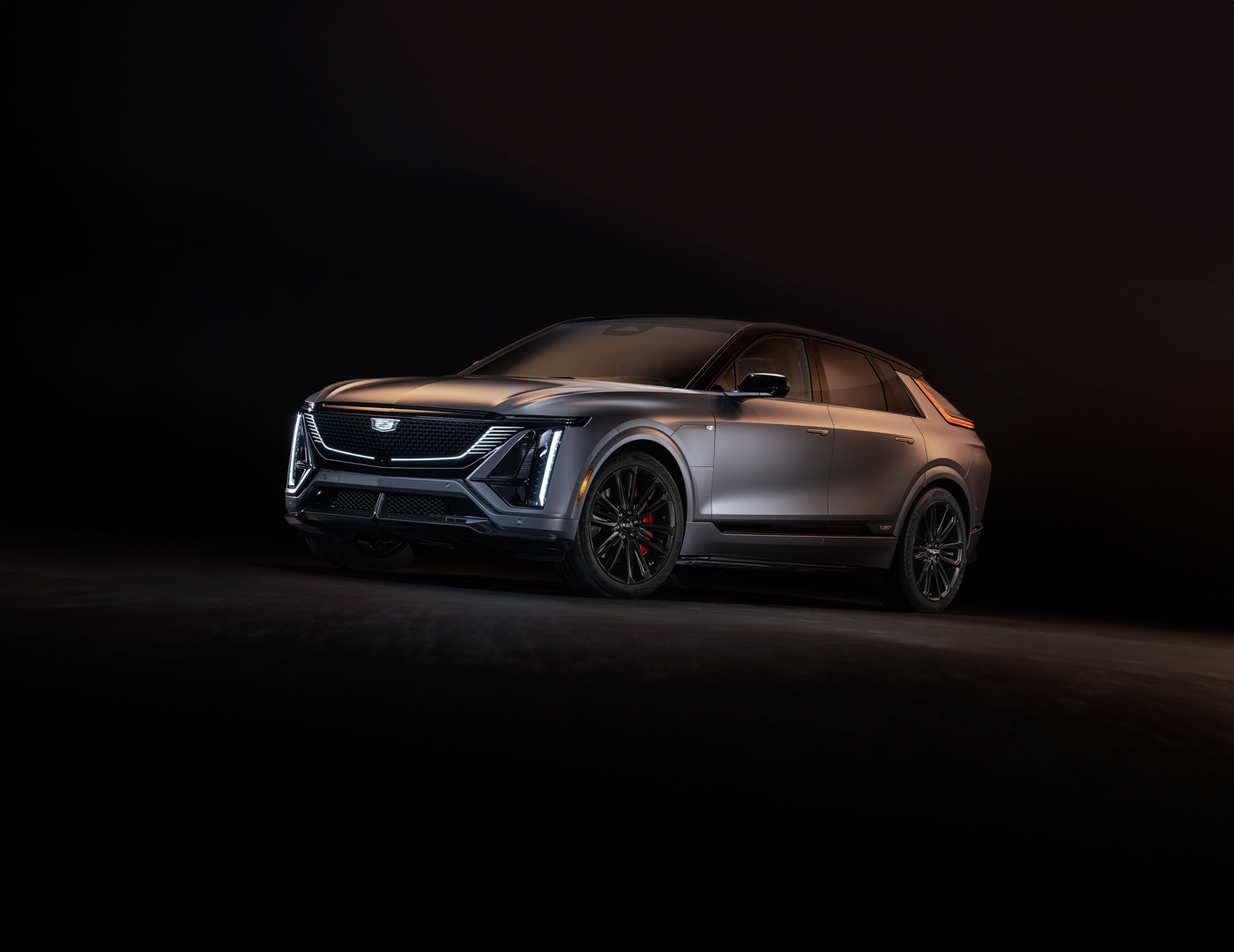





Sign In To Your carskingdom1 Account
0 Comments
Newest
Oldest